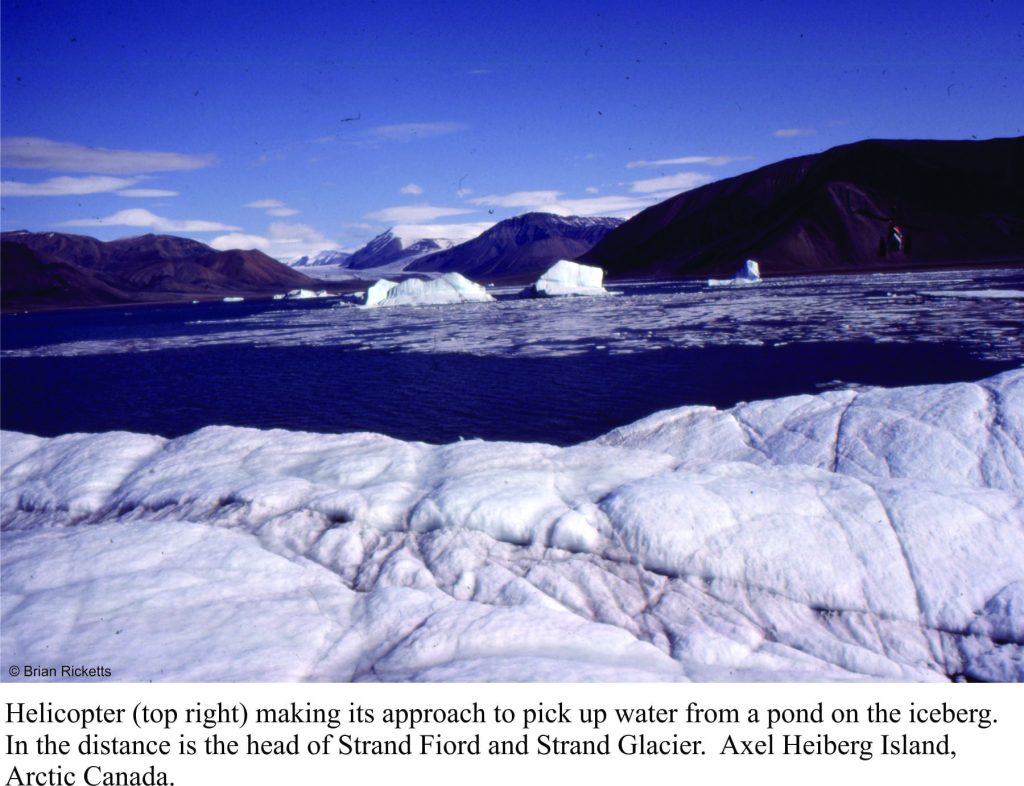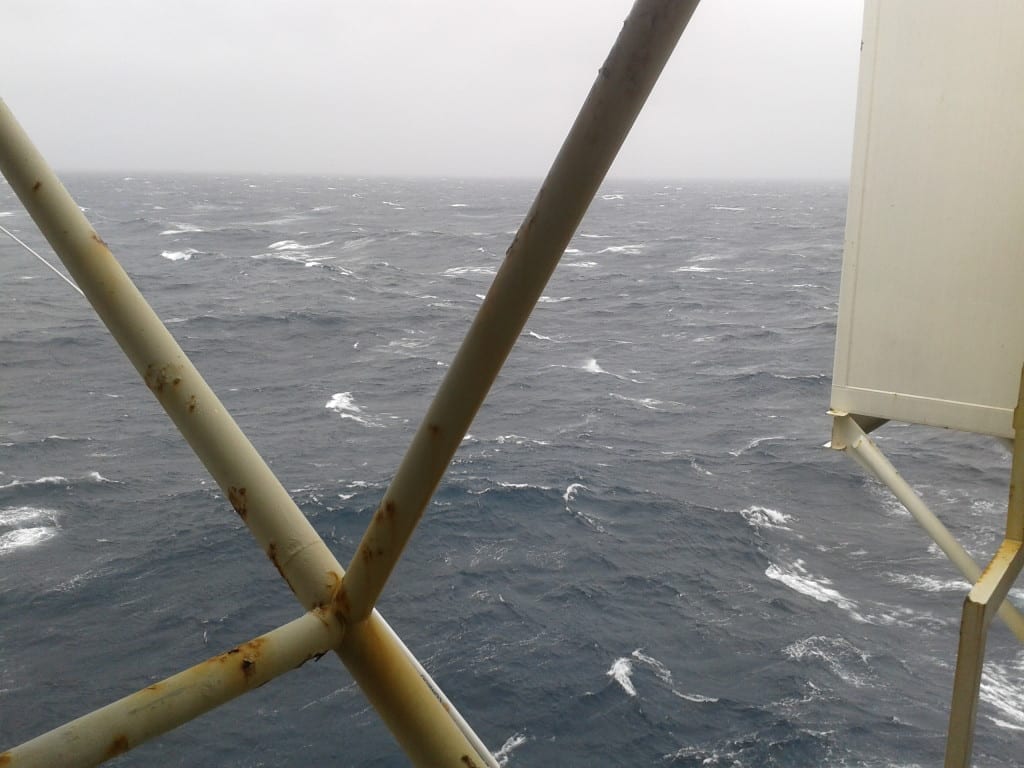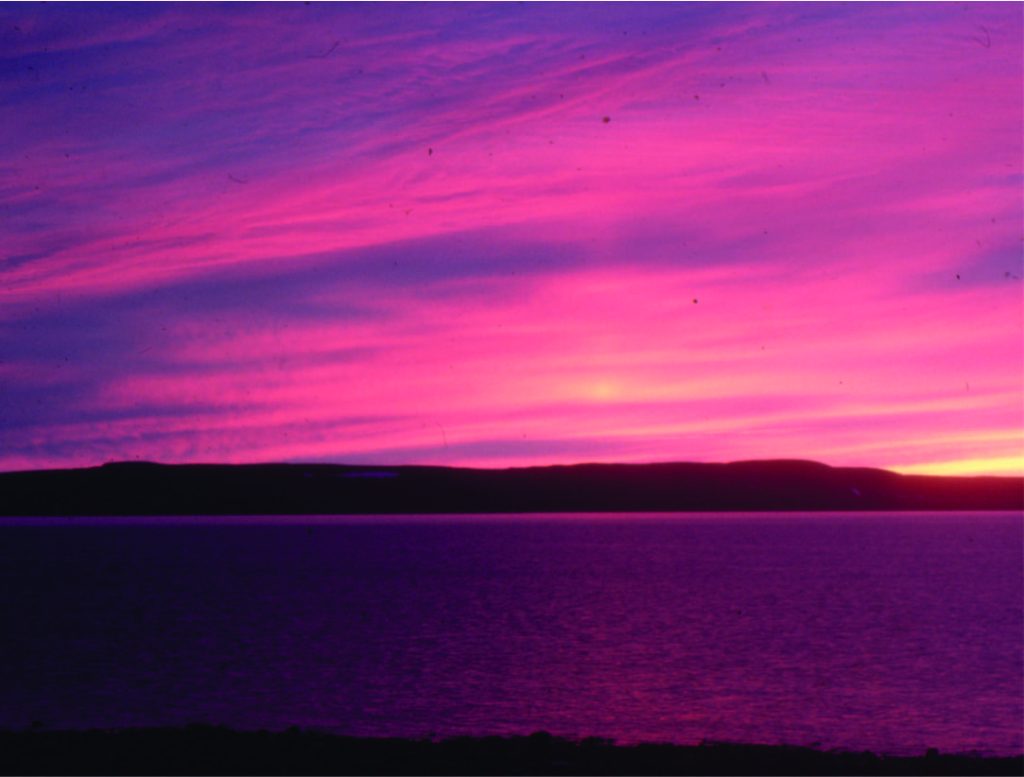Cycle: ( noun) A series of events that are regularly repeated in the same order (Oxford Dictionary)
How Milankovitch cycles effect Earth’s climate
Natural cycles are all around us; tides, seasons, sun spots, birthdays, El Niño. In geology we can identify cycles at many different scales, from the really grand to the wafer-thin (deference to Monty Python), from those that span eons, to cycles that repeat every few seconds. Perhaps the grandest of earth cycles are those that last 100-300 million years and involve the formation and destruction of tectonic plates. On a more human time scale there is the seemingly never-ending train of waves rushing to meet you on your favourite beach. Continue reading





